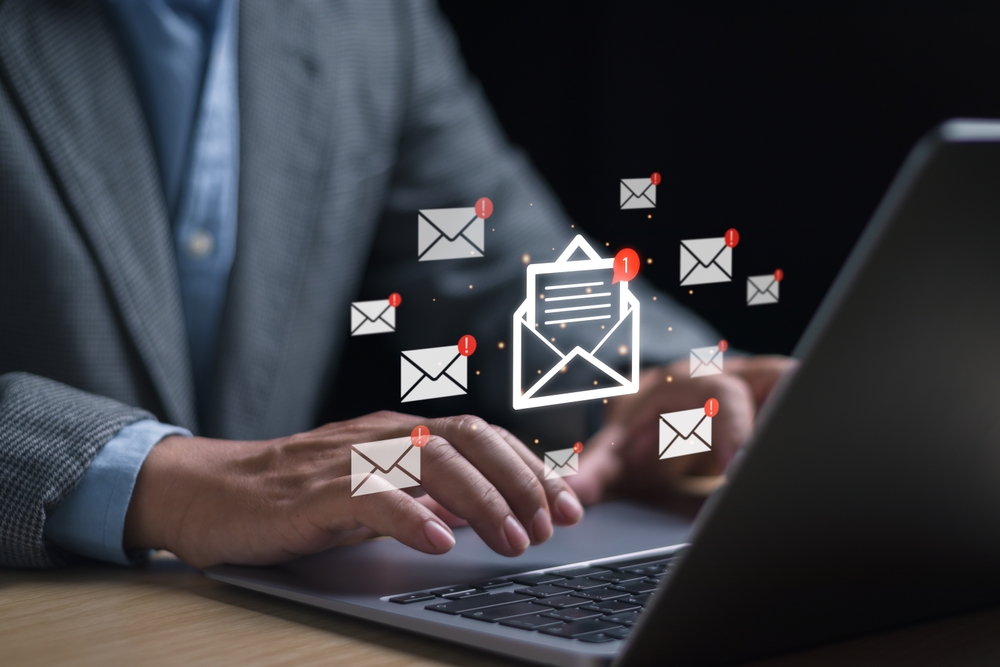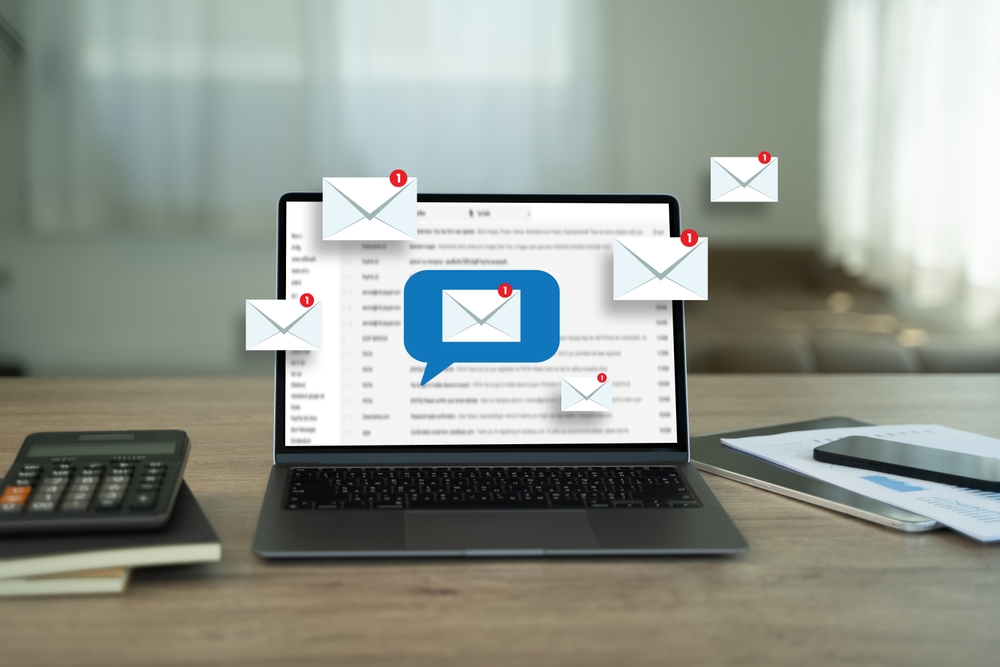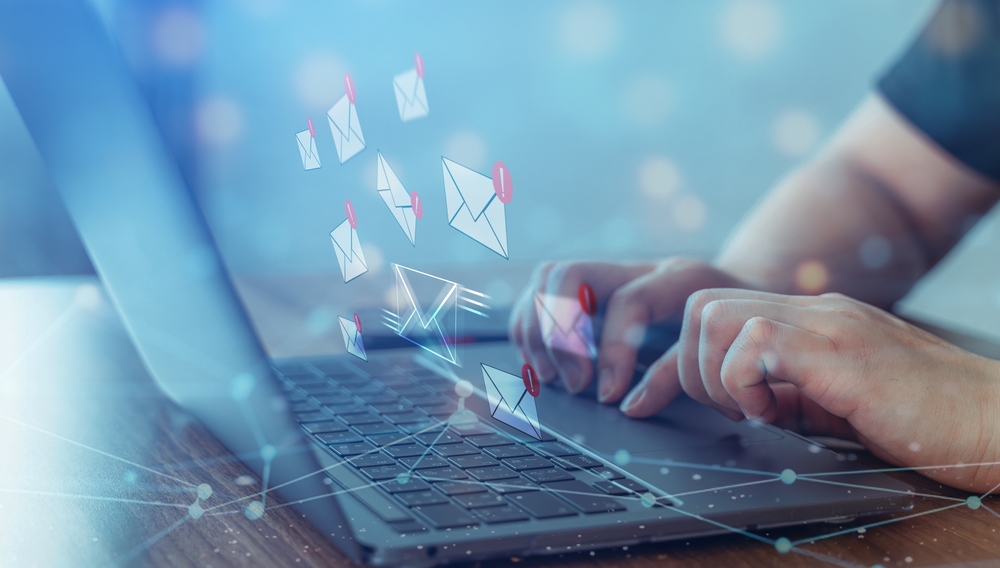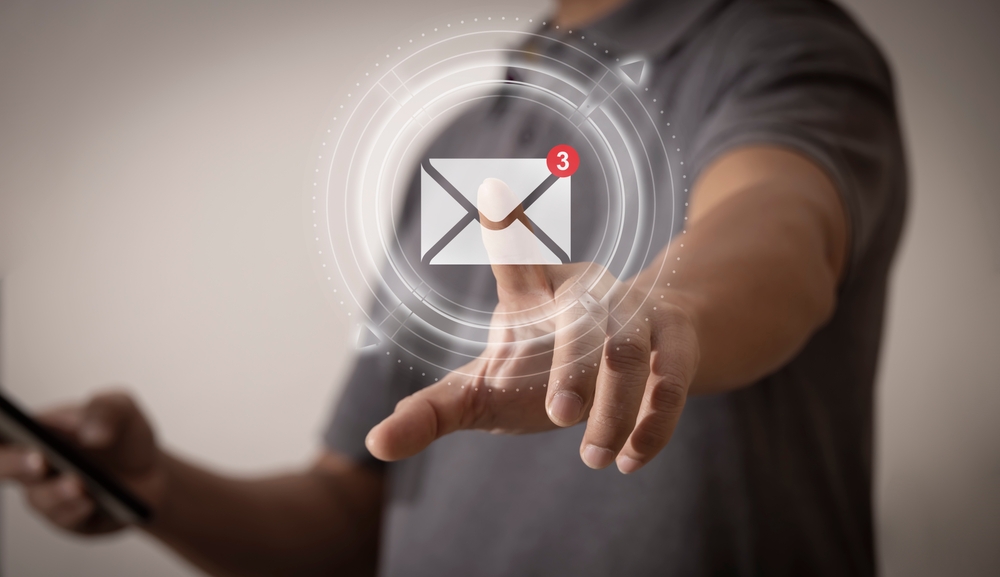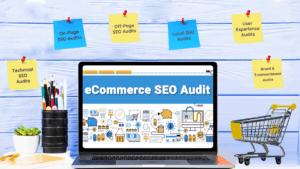In today’s fast-moving digital world, learning the ropes of email marketing can seriously give your business an edge. Whether you’re a small business owner, a marketer trying to boost engagement, or someone building a personal brand, email marketing tips for beginners can make all the difference in how you connect with your audience. Why? Because email isn’t just alive—it’s thriving. With over 4 billion daily users and a jaw-dropping ROI of $42 for every $1 spent, email marketing remains one of the most powerful tools in your digital arsenal.
Unlike social media, where algorithms decide your visibility, emails go directly to your subscribers’ inboxes. That’s a direct line to their attention. But it’s not just about sending emails—it’s about sending the right emails, to the right people, at the right time. From building a solid email list and crafting irresistible subject lines to segmenting your audience and using automation, mastering these foundational techniques can help you build trust, drive traffic, and increase sales like a pro.
Let’s break down everything you need to get started—from smart strategies and handy tools to avoiding rookie mistakes most beginners make.
What is Email Marketing?
The Core Concept Behind Email Campaigns
Email marketing is all about sending the right message to the right people at the right time. Whether it’s a promotional offer, an informative newsletter, or a friendly welcome email, the key is to establish a meaningful connection with your audience directly in their inbox. It’s personal, direct, and can be incredibly impactful when done right.
Why Email Marketing Still Works in 2025
Despite the rise of social media, search engine algorithms, and newer marketing technologies, email marketing continues to hold its ground as one of the highest ROI digital marketing methods. Why? Because it’s still the most direct and personal way to communicate with your audience. Think about it—your emails land directly in the inboxes of people who’ve already shown interest in what you offer. There are no algorithms deciding who sees your message or how it’s displayed. It’s yours to control.
Plus, with email marketing, you can create highly targeted campaigns based on user behavior, preferences, and past interactions. Unlike social media, where you have to compete for attention amid a flood of posts, emails provide a private, uninterrupted experience that allows you to forge stronger relationships. In fact, research shows that email marketing outperforms social media in both conversions and engagement, making it an essential tool in any marketer’s toolbox.
Benefits of Email Marketing
Cost-Effective and Measurable
Let’s face it—marketing budgets can be tight. One of the top email marketing tips for beginners is to take advantage of its affordability. You don’t need a huge budget to run a campaign, and most platforms offer detailed analytics to help you track your performance.
Builds Lasting Customer Relationships
People are more likely to buy from brands they trust. Consistent, thoughtful emails help build that trust and keep your audience engaged over the long term.
Offers Personalization at Scale
You can tailor your content to different customer groups without writing a hundred different emails. That’s the power of smart segmentation and automation.
Understanding the Basics Before You Start
Know Your Audience
Before you even write a word, take a step back and think about your audience. Who are you talking to? What are their interests, pain points, and goals? Are they looking for solutions to specific problems, or are they in search of inspiration and advice? The better you understand them, the better your emails will perform.
Set Clear Goals
Before hitting send on any email, it’s important to define your goals. What exactly are you hoping to achieve? Are you looking to generate leads, increase sales, or simply share news and updates? Having a clear objective in mind will shape the tone, content, and structure of your email campaigns.
For example, if your goal is to boost sales, your email should include strong calls-to-action (CTAs), exclusive offers, and persuasive content that nudges the reader toward making a purchase. On the other hand, if your aim is to build brand awareness or establish thought leadership, focus on providing valuable content that resonates with your audience and encourages them to keep opening your emails. Whatever your goal, keep it front and center so every email you send moves you closer to achieving it.
Pick the Right Email Marketing Tool
Choose tools that are beginner-friendly but still powerful. Mailchimp, ConvertKit, and Brevo are solid options. Look for features like drag-and-drop editors, automation, and analytics.
Crafting the Perfect Email
Subject Lines That Get Clicked
If your subject line doesn’t grab attention, your email won’t even get opened. A great subject line is your first—and sometimes only—chance to capture your reader’s interest, so make it count! Keep it short, punchy, and relevant to your audience’s needs. Think of it as your email’s first impression. Try teasing a benefit or asking a thought-provoking question to spark curiosity. For example, instead of saying “Our Latest Products,” you could say “Ready for Something New? Check Out Our Latest Collection!” This creates intrigue and encourages them to open the email. Additionally, using personalization (like adding their name) can help your email feel more tailored and engaging.
Write Content That Resonates
Once your audience opens the email, the content is where the magic happens. Be conversational and helpful—like you’re writing to a friend. No one wants to read through a wall of text or industry jargon that feels disconnected from their needs. Your goal should be to engage, not overwhelm, so write in a way that feels natural and personal. Focus on solving your reader’s problems and adding real value, whether through helpful tips, exclusive offers, or useful resources.
Include a Clear Call-to-Action (CTA)
Don’t leave your readers guessing. Every email you send should have a clear and compelling Call-to-Action (CTA). Whether it’s “Shop Now,” “Download Free Guide,” or “Reply to This Email,” your CTA should be bold, clear, and direct. It’s the step you want your audience to take next, so make it as easy as possible for them to do so.
Segment Your Email List
Why Segmentation Matters
Not all subscribers are the same. Segmenting allows you to send more relevant messages to each group, which boosts open rates, click-throughs, and conversions.
How to Segment Effectively
Segment by demographics, behavior, location, or engagement. For example, new subscribers might get a welcome series, while loyal customers receive VIP offers.
The Importance of Design and Layout
Keep It Mobile Friendly
More than half of emails are opened on mobile devices. Use responsive design, large fonts, and buttons that are easy to tap.
Use Clean, Branded Templates
Stick to one or two colors, clear fonts, and a layout that aligns with your brand. Consistency builds trust and makes your emails recognizable.
Timing is Everything
When Should You Send Emails?
Timing is everything in email marketing. Even the best content can go unnoticed if it’s sent at the wrong time. To find the sweet spot, it’s crucial to test different days and times to see when your audience engages most. While mid-mornings on Tuesdays and Thursdays are often considered optimal for engagement, your results may vary depending on your audience’s behavior. For instance, if you’re targeting professionals, early mornings might work better, whereas lifestyle brands might see better results in the evenings or weekends.
How Often Should You Email Your List?
Consistency is key, but the frequency of your emails depends on your audience and goals. Start with sending one email per week, and then adjust based on how your audience responds. Pay close attention to engagement metrics like open rates and click-through rates. If your emails are getting positive responses, consider increasing the frequency—maybe to twice a week or bi-weekly.
Avoiding the Spam Folder
Best Practices to Stay Out of Spam
Avoid spammy words like “FREE!!!” or “Act Now.” Use a verified sender domain, and always include an unsubscribe link.
Complying with Email Regulations
Make sure your emails comply with laws like GDPR and CAN-SPAM. Always get consent before emailing and respect opt-outs.
Measuring Your Success
Key Metrics to Track
Focus on open rates, click-through rates, bounce rates, and conversions. These tell you what’s working and what needs tweaking.
How to Improve Based on Performance
If your open rates are low, work on your subject lines. If clicks are low, rework your CTA or layout. Use A/B testing to refine your approach.
Common Mistakes Beginners Should Avoid
Don’t Buy Email Lists
It might seem like a shortcut, but it’s a fast track to the spam folder. Build your list organically through lead magnets, landing pages, and sign-up forms.
Overloading Your Audience
Bombarding people with too many emails is a quick way to get unsubscribed. Be respectful of their inbox and deliver only valuable content.
Automating Your Email Campaigns
What is Email Automation?
Email automation is a game-changer for marketers. By setting up automated workflows, you can send targeted emails based on specific triggers—like when someone signs up for your list, makes a purchase, or abandons their cart. This not only saves you time but also ensures your communication is relevant to your audience’s current stage in the buyer journey.
For example, a welcome email sent right after someone subscribes to your list can introduce your brand and set expectations for future communications. Or, if someone leaves an item in their shopping cart, you can trigger an automated email reminding them about their abandoned cart and even offer a special discount to entice them to complete their purchase. The best part? These emails run on autopilot, allowing you to focus on other aspects of your business while still delivering personalized messages at the right moment.
Best Tools
Tools like ActiveCampaign and Mailchimp offer easy automation. Set up welcome sequences, birthday emails, or product recommendations without lifting a finger every time.
Check out our Affordable Digital Marketing Services to learn more about cost-effective tools and techniques for email automation.
A/B Testing for Continuous Improvement
What You Should Be Testing
Test subject lines, CTAs, send times, and even email layouts. Sometimes, the smallest tweak can lead to big improvements.
Using Data to Make Better Decisions
Let the results guide you. Don’t just guess—let your audience’s behavior shape your strategy.
Building Trust With Your Audience
Being Authentic and Transparent
Don’t oversell. Be honest about what you’re offering and deliver what you promise. Trust takes time but pays off big.
Providing Value in Every Email
Whether it’s a tip, a story, or a discount—make sure your emails give your readers something they care about.
For a deeper dive into email automation best practices, visit ActiveCampaign’s Email Automation Guide for more expert tips and examples.
Final Thoughts on Growing With Email Marketing
Email marketing isn’t rocket science, but it does take effort and consistency. By following these email marketing tips for beginners, you can start strong and grow your campaigns over time. Remember—it’s about relationships, not just conversions. When you treat your audience with respect, deliver value, and stay consistent, your email list will become one of your most powerful marketing assets.
FAQs
Q1: How often should a beginner send marketing emails?
Start with once a week. Monitor engagement and adjust based on how your audience responds.
Q2: What’s the best tool for beginners in email marketing?
Mailchimp, ConvertKit, and Brevo are great for beginners due to their ease of use and helpful features.
Q3: How do I get more people to open my emails?
Craft engaging subject lines, send at optimal times, and keep your list clean of inactive users.
Q4: Is it okay to send promotional emails every time?
No. Mix it up with tips, stories, and updates. Too many promos can lead to unsubscribes.
Q5: Can I use emojis in subject lines?
Yes, but use them wisely. One or two can make your email stand out—but overdoing it might make it look spammy.

